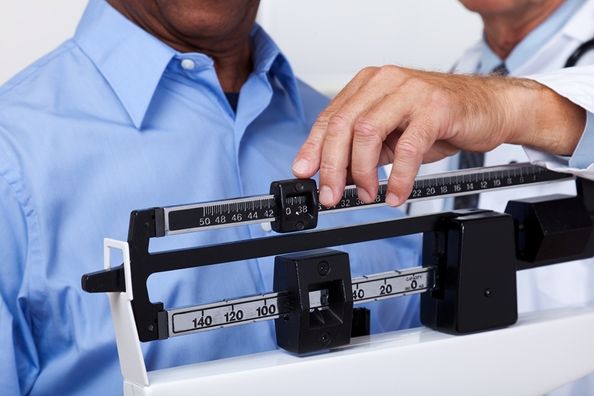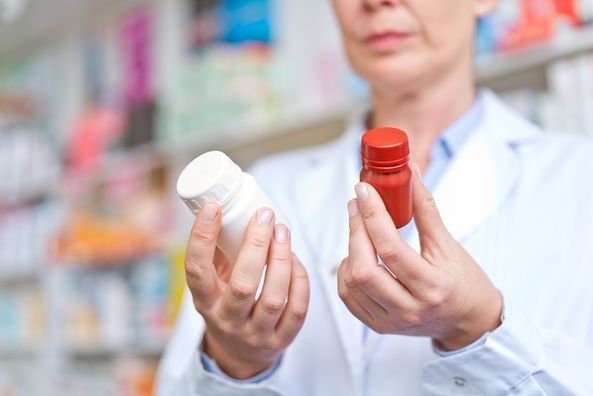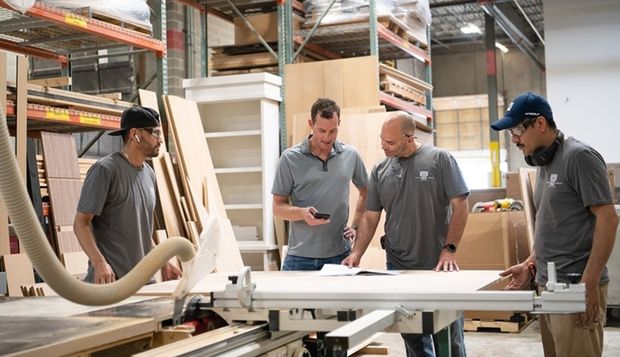When your erection falls flat, you need real and honest information on what to do. Ignore those miracle cures and random Google searches; get serious about fixing your problem and talk to a doctor.
Erectile dysfunction (ED), or male impotence, is the persistent inability to achieve or maintain an erection firm enough to have sexual intercourse and occurs for more than a few weeks or months. The National Institutes of Health estimates that erectile dysfunction strikes roughly 30 million men in the United States, so you are not alone. Erectile dysfunction primarily affects men over the age of 20, but prevalence does increase with age. The Journal of Sexual Medicine reports that one of out every four new ED patients is less than 40 years old.
There are many different reasons you experience impotence ranging from health problems like high blood pressure to psychological and emotional issues, or even side effects from a medication. It is important to talk to your doctor about this condition because erectile dysfunction may be a sign of additional health problems.
Every person is different, so your physician will focus on the specific condition that could be causing your erectile dysfunction. Read more about five treatment options for erectile dysfunction.
- Oral Medications
- There are a number of prescription medications available (Viagra, Levitra, Cialis) that may improve blood flow to the penis. Combined with sexual stimulation, this can produce an erection. These medications all work similarly to each other; however, there are some differences in effectiveness and how quickly they begin to work.
- Common side effects may include headache, facial flushing, stuffy nose and an upset stomach.
- These medications can NOT be taken if you use Nitrates for chest pain or other medical problems. This combination can cause dangerously low blood pressure.
- Vacuum Erectile Device (Penile Pump)
- A vacuum erectile device (VED) is a device that consists of a hollow plastic tube, a hand or battery-powered vacuum pump and a tension ring. The tube, placed over the penis, creates a vacuum that pulls blood into the penis. Once an erection is achieved, an elastic tension ring is placed at the base of the penis to help maintain the erection. Since effective oral medication came onto the market, VEDs are used less to achieve erection since they can be cumbersome and less effective.
- Intraurethral Suppository/Medicated Urethral System for Erection (MUSE)
- Medicated Urethral System for Erection (MUSE) uses an applicator containing a small pellet with a medication that is inserted into the urethra. Once the pellet is released, the medication dissolves inside the urethra and helps to increase blood flow to the penis to achieve an erection. Patients administer the medication themselves as needed before intercourse.
- Penile Self-Injection Therapy
- Injection therapy was the first FDA-approved medication for the treatment of ED and uses a tiny needle to inject medication directly into the base or side of the penis. The injected medication can create an erection by improving blood to flow into the penis directly. Patients can administer the injection themselves as needed before intercourse.
- Penile Implant Surgery
- In use since the 1970s, a penile implant is a medical device that is implanted into the penis during an outpatient or overnight-stay surgical procedure. The device is entirely contained within the body, so it is discrete. The device allows for an artificial erection to be achieved at any time the patient desires by operating a concealed pump in the scrotum.
If you are experiencing erectile dysfunction, talk to your primary care physician or urologist to help find the best solution for you.
Health Topics:







